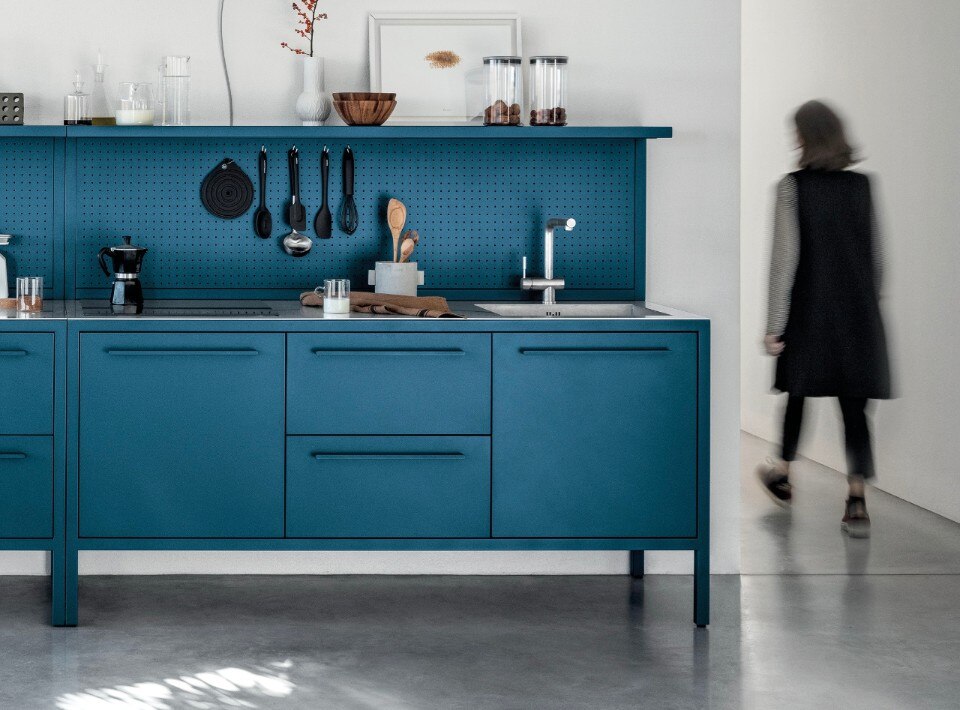According to Kjetil Thorsen, founder associate of the studio in Oslo, stone must show the versatile and multipurpose identity within its "genetic code": indeed, not regarding the more conventional ideas eradicated in common opinion, stone material can multiply images and sensations of smoothness and lightness that are immediately evident and evocative in the contrasts of sizes and depths. Enormous volumes, light textures composed of rings and cylinders made of stone, and horizontal surfaces constituted of aggregates of various calibres, will receive visitors of the new Pibamarmi pavilion in a space that will be at the antipodes of a lithosphere always more and more interesting for the contemporary design.
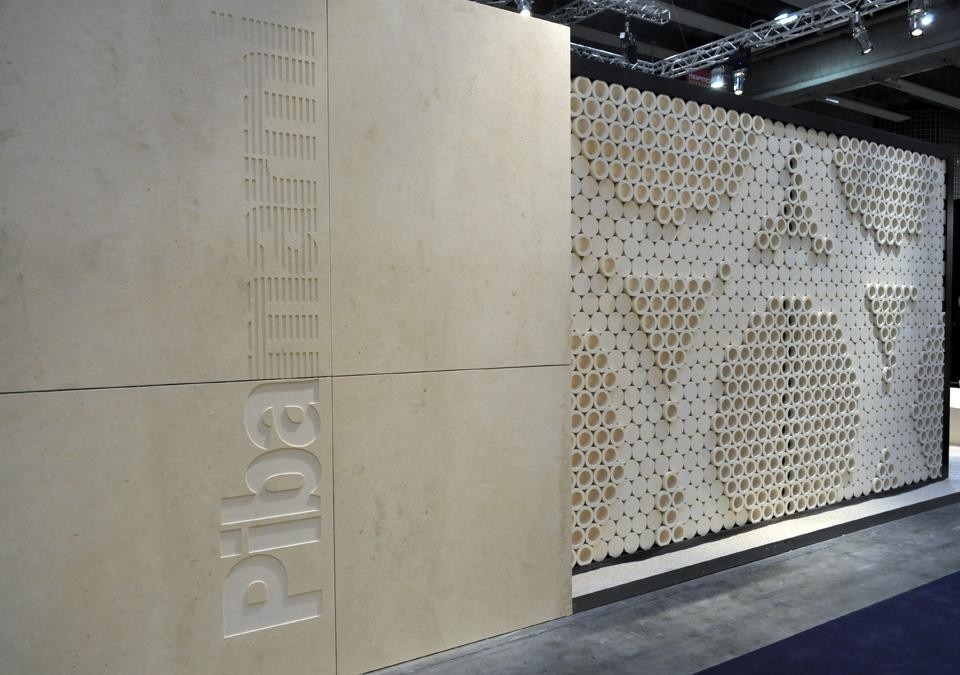
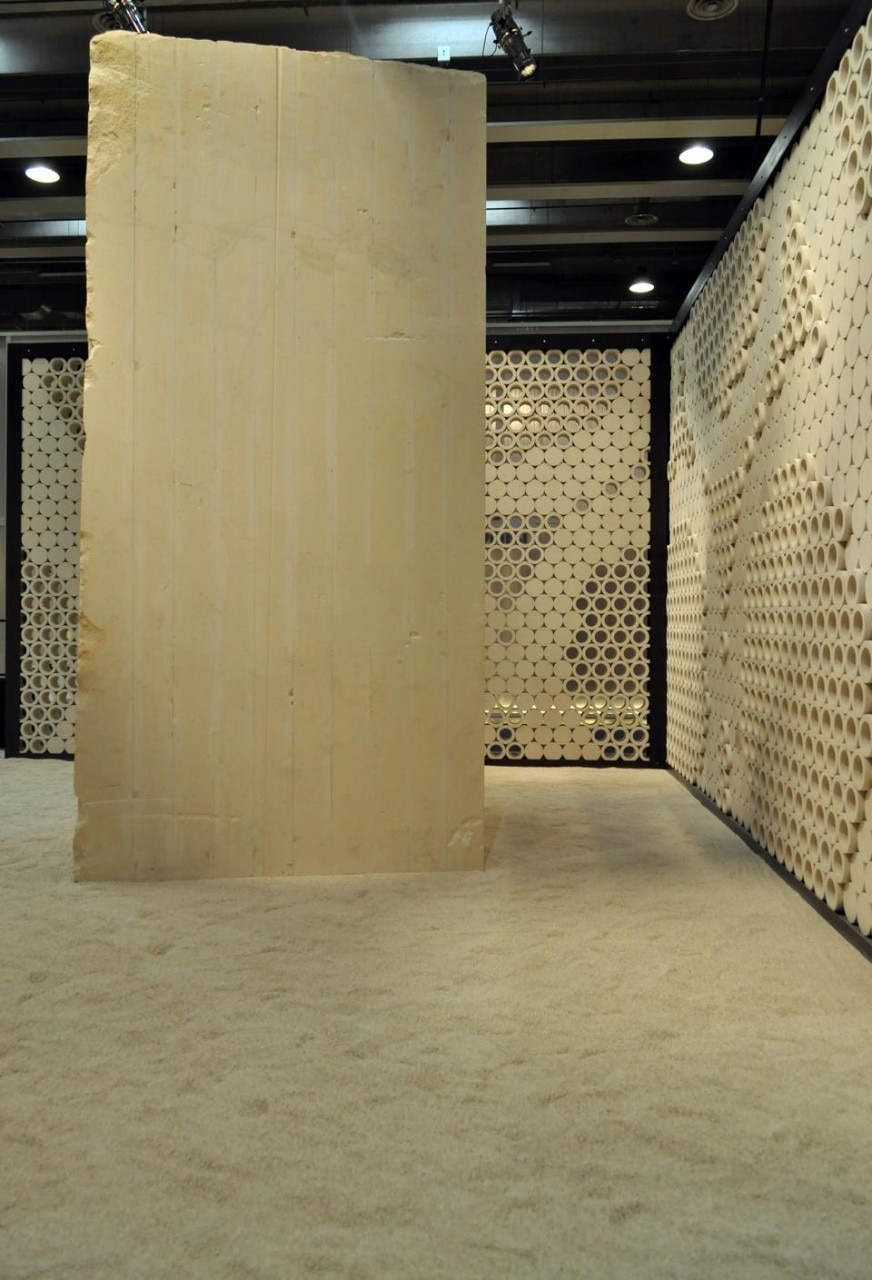

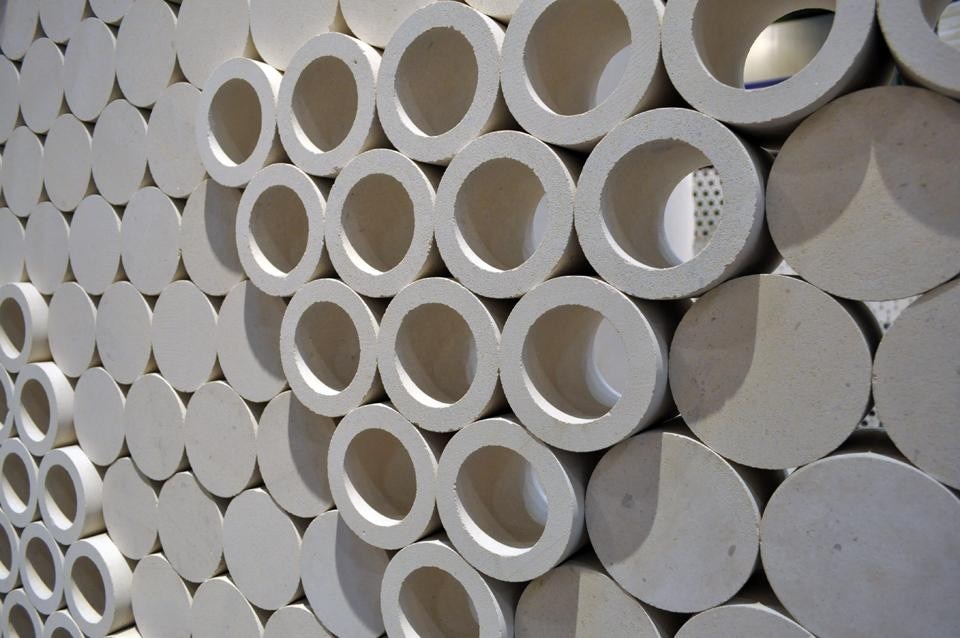
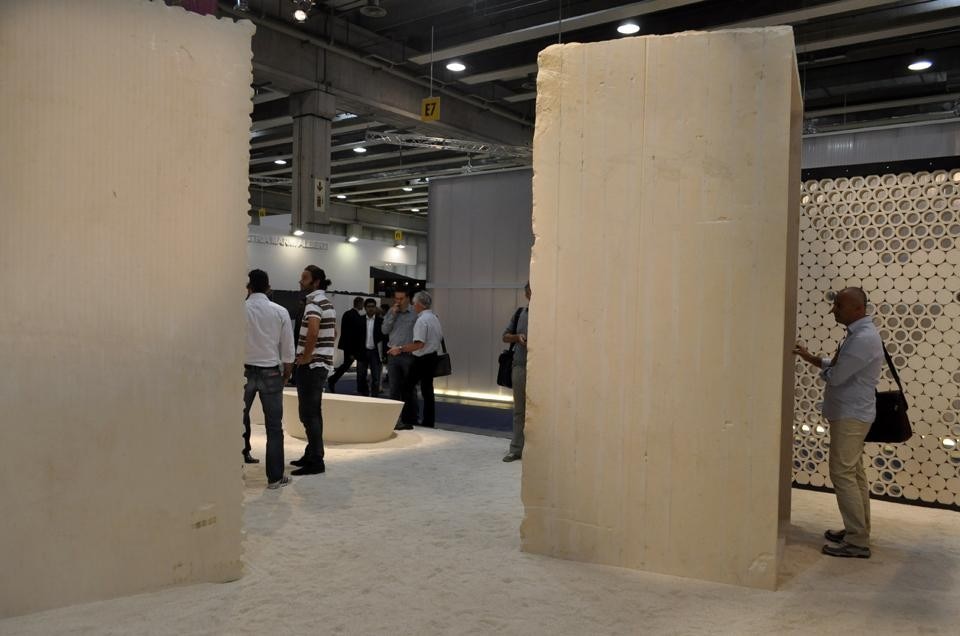
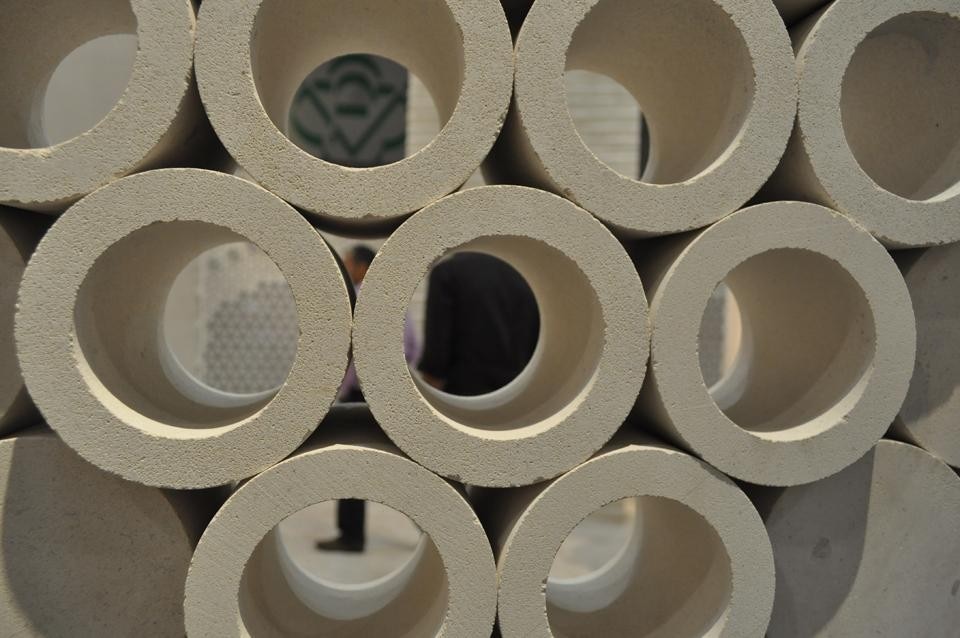
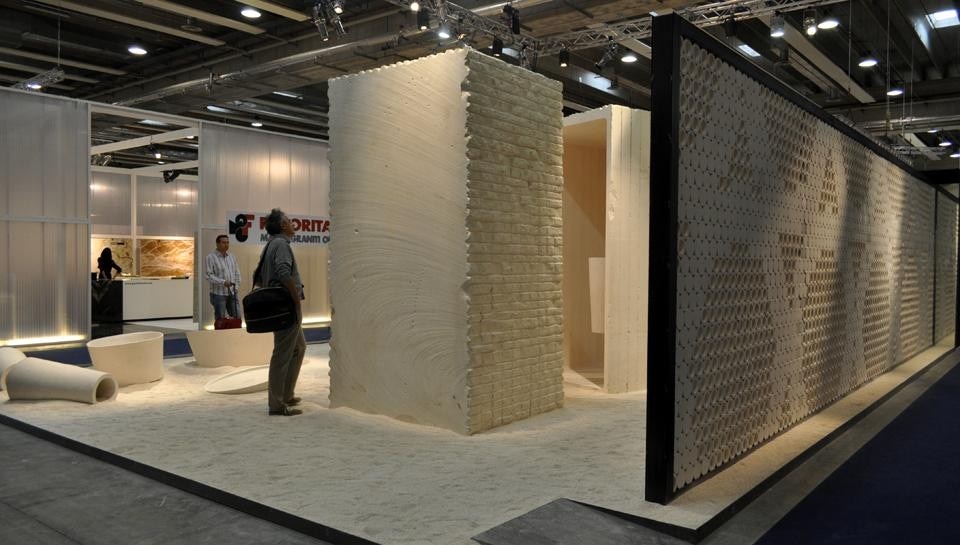
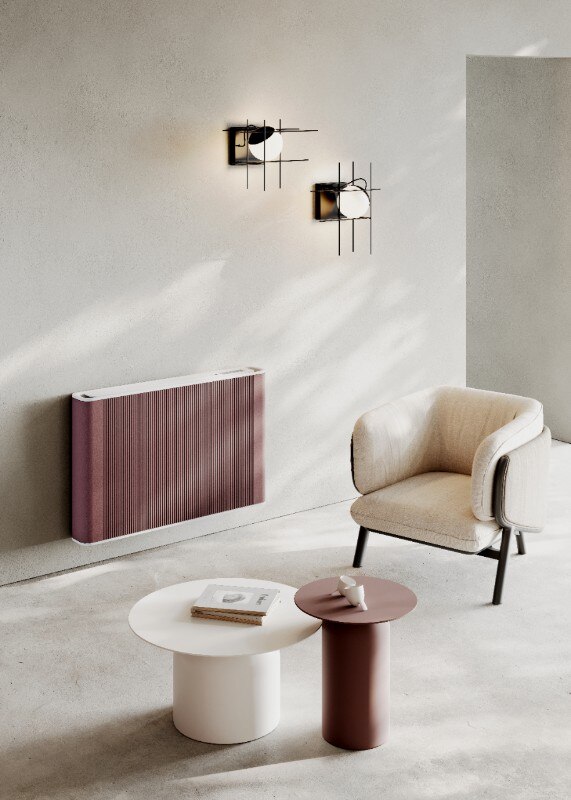
Technology meets aesthetics, with Cordivari
With their rhythmically textured external surfaces, the Run and Seven Lines fan coils become natural elements in the landscape of contemporary interiors.




